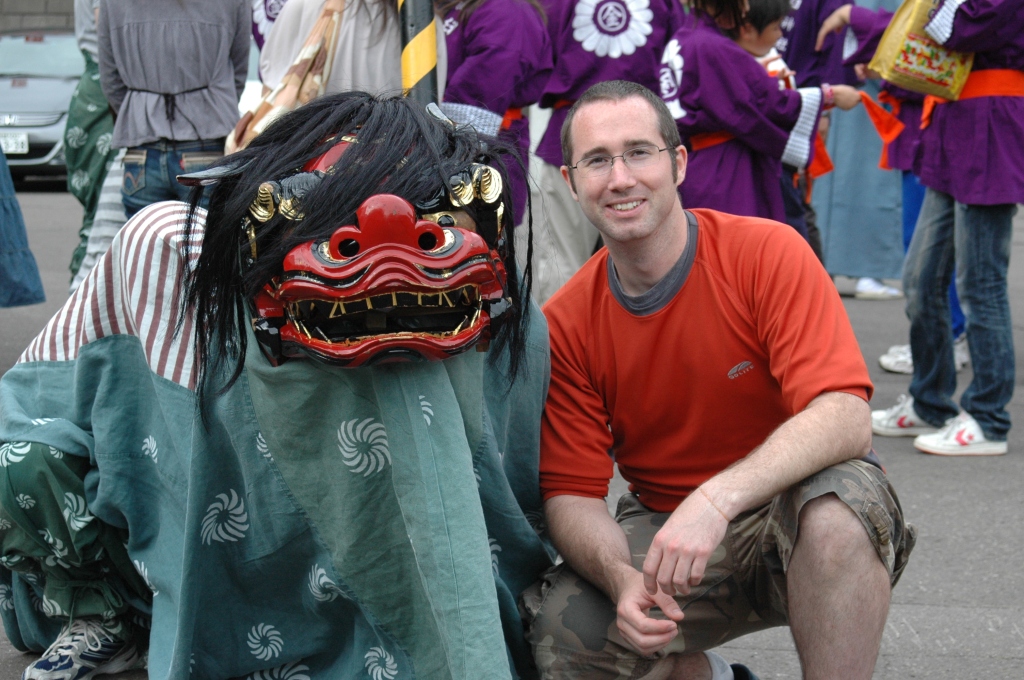Back in December my advisor Prof. Mark Teeuwen and I put together a panel application for the International Conference of the European Association for Japanese Studies (EAJS). One other scholar will be joining us from Japan.
The conference will be hosted by the Institute of Japanese Studies at Ghent University (Belgium).
The title of the panel is simply, Matsuri1 in depopulating Japan: What is keeping so many of them alive?
What is keeping them alive? Good question. And probably Why are they being kept alive? could be added to this.
Here is my abstract:
Mountain Worship and Resilience: Preserving Religious Festivals in Rural Japan
Bureaucrats and early ethnographers have been signaling the impending ruin of rural villages and their traditions since the Meiji period. Some communities, however, have shown remarkable resilience in preserving their local festivals. For this paper I discuss how community organizers in Akita have successfully maintained the practice and transmission of their local folk festivals despite rapid depopulation in the region; give some insight into the modern attitudes that participants have towards the festivals; and describe some of the ways organizers and participants have responded to the challenges of preserving their local heritage.
The three festivals I selected for this project each serve different religious and social functions for their respective communities and are celebrated at different times of the year. What unites these festivals is both their physical location (around the base of Akita’s Mount Taihei) and their ties to mountain-worship practices once popular in the Taihei area.
Despite these communities’ resilience, there has been some degree of adaptation and change in the way the festivals are held—for example, the extent to which participants engage in the festivals, or participants’ attitudes toward the religious aspects of the festivals. Thus far it seems as though these changes have not affected the integrity of the festivals. What would affect the festivals’ integrity, however, would be if they were to become commodified and form what Christopher Ray calls a “culture economy.” Establishing a culture economy has the twofold benefit of revitalizing the rural economy and preserving culture. Scholars have argued that commodifying local culture is an effective way to revitalize Japan’s rural regions. While this approach may be successful for commodifying tangible cultural items, interlocutors with whom I have met suggest that commodifying their festivals (which are intangible) is not how they envision the future of their festivals.
In this presentation, therefore, I discuss the challenges that commodifying these festivals would pose to the festivals’ integrity and what the organizers are doing instead to maintain their resilience in preserving their festival traditions.
See you in Ghent!
1 Matsuri 祭り: the [now] generic term for Japanese “festivals.” Originally this term was for strictly religious events, these days there are Beer matsuri, BBQ matsuri, and a whole host of other secular, totally modern riffs on the traditional religious “festival.”

Leave a comment